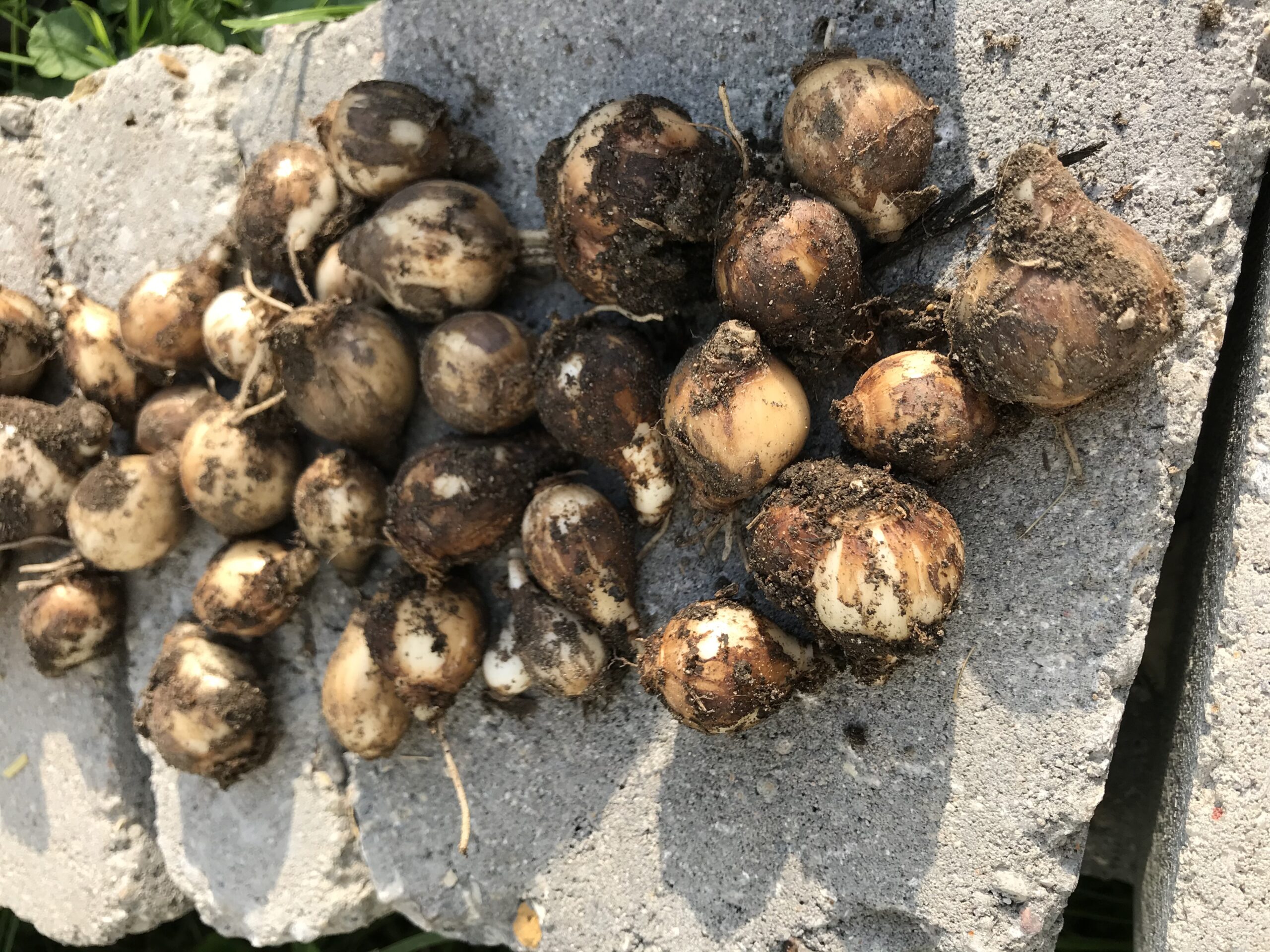Flower bulbs are a great way to add show-stopping displays of color to your landscaping. Bulb planting can be a little tricky to get started with, but with the proper know-how, anyone can grow beautiful bulbs in their garden. From cold-hardy varieties that will stay planted year-round to tender, cold-intolerant varieties that need to be dug up and stored for the winter, there are bulbs to suit almost every taste.
Choosing Bulbs
Visit your local garden center to hand-select the best bulb specimens. Always select full, plump-looking bulbs. Avoid any bulbs with squishy spots or mold. And since bigger bulbs produce bigger flowers, choosing the largest healthy-looking bulbs will ensure bountiful flowering.
Picking a Planting Location
Choose conditions appropriate for the flower type. Full sun (6 or more hours per day of direct sunlight) will work well for almost all flower species. Avoid areas that stay damp as bulbs will rot if exposed to prolonged over-moist conditions.
When to Plant
The best time to plant bulbs depends largely on the species. Generally, spring-blooming hardy bulbs like daffodil, iris, crocus, and tulip do best when planted in fall. These bulbs need the cold of winter soil followed by spring’s warming for optimal growth. Summer or fall tender bloomers like gladiola, dahlia, and calla lily will have to be planted in spring, past the danger of frost, to avoid being killed off by harsh winter conditions.
How to Plant
Loosen soil in the area to be planted, then dig a hole 2-3 times deeper than the bulb is tall. Use a bulb planter tool for easiest planting without disturbing surrounding plants. Plant bulbs pointy side up. Add organic compost to the hole surrounding the bulb to ensure that your plant gets off to a good start. Fill the rest of the hole with dirt and pat gently to firm. Water well. Cover with 2-3 inches of mulch to keep weeds at bay.
Winter Storage
Some bulbs require winter storage in cold climates. Check with your local garden center for bulb storage directions specific to your region. Dig up bulbs of tender varieties once foliage has died off, loosening soil gently to avoid damaging the bulbs. Dust bulbs to remove loose dirt, and allow to dry for a couple of days before packing away. Cardboard boxes make ideal winter bulb storage containers. Store bulbs in a cool, dark place such as a shed or unfinished basement until ready for replanting in the spring.
Though some new gardeners are intimidated by bulbs, anyone can have success with bulbs as long as they’ve taken the time to gather the proper information. The steps covered here should help you feel confident as you move forward with bulb selection and planting. Be sure to talk to the experts at your local gardening center for variety-specific instructions suited to your climate zone.
